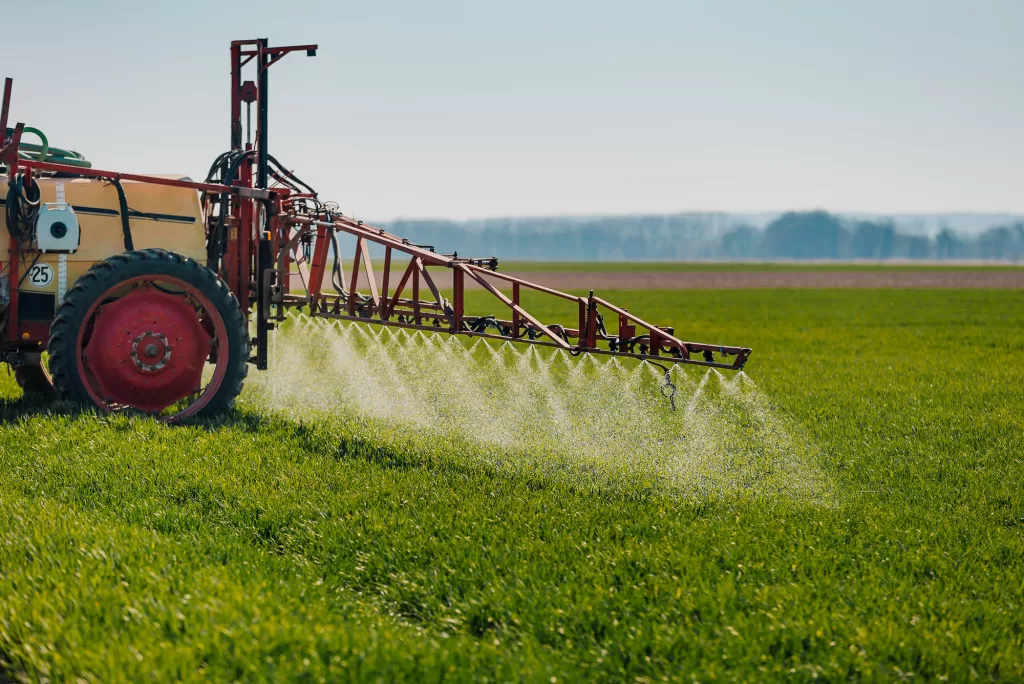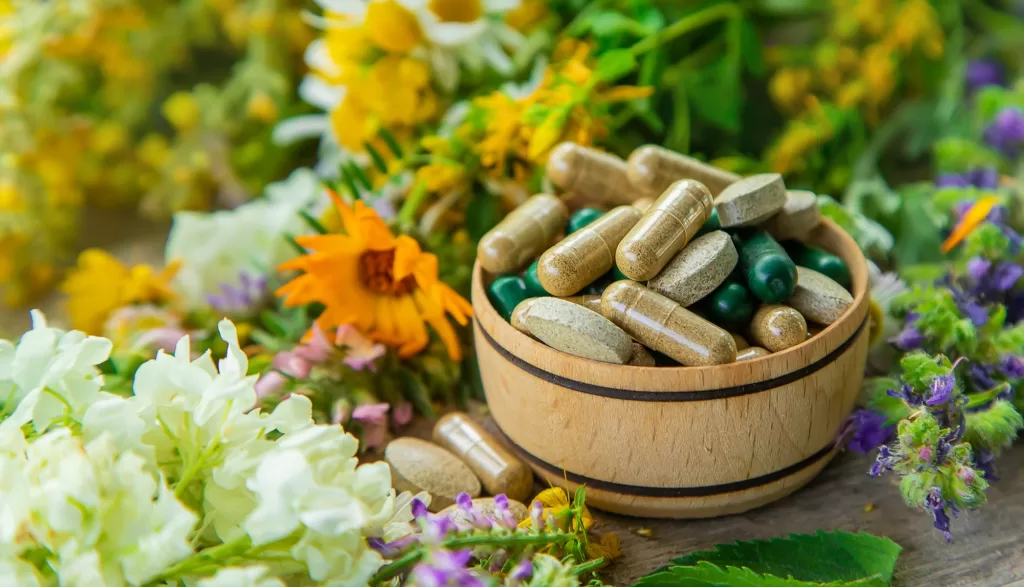What Is Water Activity?
According to U.S. Food and Drug Administration, the thermodynamic concept known as water activity for a food product is “the ratio between the vapor pressure of the food itself, when in a completely undisturbed balance with the surrounding air media, and the vapor pressure of distilled water under identical conditions”—in short, it measures how wet a food item is by determining how available the food’s water is for energy consumption (more on that below). Water activity is measured on a scale from 0 to 1, with 0 indicating the total absence of water in a sample and 1 indicating a sample as wet as pure water. A value of 0.50, for example, would mean that the sample has 50 percent the vapor pressure of pure water and therefore is half as wet, with half the water activity. Water activity is not the same as the total water content of a food, which is measured as percent moisture.
Why Does Water Activity Matter?
Water content might be an easier concept to understand and measure, but the thermodynamics of water activity is key in cannabis and hemp testing because water free to be used as energy can be consumed by microbes (mold, fungi), metabolized, and used to fuel the chemical reactions that cause spoilage in a food. Cannabis flowers are particularly susceptible to retaining water when harvested and can experience microbial growth and water migration that lead to oxidation, clumping and other changes in consistency, decreased longevity in quality, and increased spoilage. The most carefully stored cannabis will not escape these if water activity is too high.
Cannabis for retail or refinement cannot contain certain types of mycotoxins (harmful chemical products that colonize in plant-based foods), which metabolize efficiently when water activity is 0.65 or greater. The goal is for cannabis to have a water activity of between 0.55 and 0.65 to prevent mold or fungi proliferation and ensure quality.
How Do We Analyze Cannabis Water Activity?
While susceptibility to water retention begins at flower harvest, humidity can increase during storage as well, in the container. Water within the cannabis matrix is in liquid phase and that in the headspace above the cannabis within the container is in vapor phase. When these two are in equilibrium, we measure water activity as the partial vapor pressure of water WITHIN the sample (P) divided by the saturation vapor pressure (P0), which rises with temperature (Aw = P/P0). The higher the vapor pressure here, the more condensation and the more vulnerable the sample is to microbial growth.
To do this, a sample is placed in a water activity instrument that measures temperature (which correlates directly to saturation vapor pressure). Infrared technology measures the vapor pressure of water in the headspace above the sample. We calculate water activity with these two measurements, analyze the results, and provide a percentage based on weight of product.
What Instrumentation Do We Use?
We are committed to using the highest quality instruments and measurement techniques. We perform our water activity analysis with the Rotronic measurement Solution’s instrument, model # HC2-AW-USB-Set.
What Sets Us Apart?
Having the right equipment is critical, but it is only part of the equation, and the human element remains relevant and important. The AccuScience management team has more than 100 years of collective analytical testing experience, and we work in a testing facility set to the standards of ISO17025 for pharmaceutical and environmental laboratories. By strictly following these guidelines, we deliver the most accurate and legally defensible results in the industry.
Sample Requirement?
Less than 5.0 grams.








